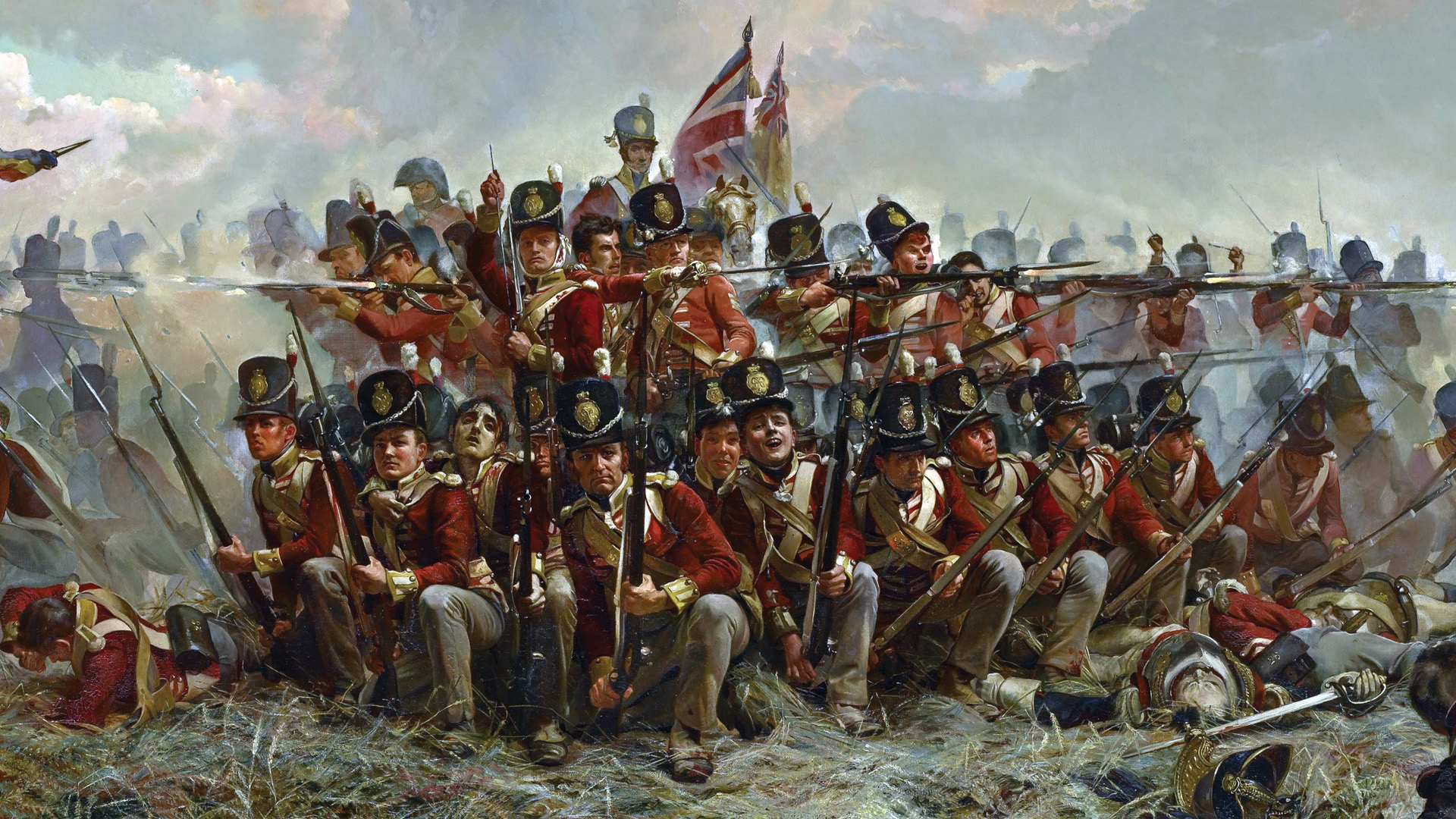The Battle of Waterloo, fought on June 18, 1815, is one of the most significant and famous battles in European history. It marked the end of the Napoleonic Wars and the downfall of Napoleon Bonaparte, effectively reshaping the continent’s political landscape for decades to come.
Background
The Battle of Waterloo was the climax of the so-called Hundred Days, the period between Napoleon’s return from exile on the island of Elba and his final defeat. After escaping from Elba in February 1815, Napoleon swiftly regained power in France, rallying his supporters and reestablishing his rule. The European powers, which had previously defeated him and restored the Bourbon monarchy in France, quickly formed the Seventh Coalition, determined to put an end to his rule once and for all.
The coalition consisted of several major powers, including Britain, Prussia, Russia, Austria, and smaller German states. The British and Prussian armies, under the command of the Duke of Wellington and Field Marshal Gebhard Leberecht von Blücher, respectively, were the primary forces in the area of the impending battle.
Forces and Commanders
- Napoleon Bonaparte: The French Emperor, a military genius known for his strategic prowess and battlefield tactics, commanded approximately 73,000 troops, including the elite Imperial Guard, seasoned veterans, and a strong cavalry force.
- Duke of Wellington (Arthur Wellesley): The British commander, renowned for his defensive strategies and calm demeanor, led a coalition army of around 68,000 troops. His forces included British, Dutch, Belgian, and German soldiers.
- Field Marshal Gebhard Leberecht von Blücher: The Prussian commander, an aggressive and tenacious leader, commanded about 50,000 troops. His Prussian army played a crucial role in the battle’s outcome.
The Battle
The battle took place near the small Belgian village of Waterloo, around 10 miles south of Brussels. The battlefield was characterized by rolling hills, farmland, and three key strategic points: the farmhouse of La Haye Sainte, the chateau of Hougoumont, and the ridge of Mont-Saint-Jean, where Wellington positioned his troops.
Phase 1: The French Attack on Hougoumont
The battle commenced around 11:30 a.m. with a French attack on the Hougoumont chateau. Despite being heavily outnumbered, the British and allied troops held their ground, turning Hougoumont into a symbol of resistance and drawing significant French resources away from the main battle.
Phase 2: Assault on La Haye Sainte
Around 1:30 p.m., Napoleon launched a massive infantry assault on Wellington’s center near La Haye Sainte. Despite initial successes, the French were unable to break through the well-entrenched coalition lines. The farmhouse of La Haye Sainte became a focal point of intense fighting, changing hands multiple times throughout the day.
Phase 3: The Prussian Arrival
By mid-afternoon, around 4:00 p.m., the first Prussian units under Blücher began arriving on the battlefield, attacking the French right flank. This forced Napoleon to divert troops to face the new threat, weakening his main assault on Wellington’s forces.
Phase 4: The Imperial Guard’s Last Stand
In a final desperate attempt to secure victory, Napoleon sent his elite Imperial Guard into the fray around 7:00 p.m. However, Wellington’s troops, reinforced by the Prussians, held firm. The Guard’s assault was repelled, leading to a general French retreat.
Aftermath
The defeat at Waterloo ended Napoleon’s rule. He abdicated for the second time on June 22, 1815, and was exiled to the remote island of Saint Helena, where he remained until his death in 1821. The battle resulted in significant casualties, with estimates of around 25,000 French and 22,000 coalition troops killed or wounded.
Significance
The Battle of Waterloo had profound implications for European history. It marked the end of over two decades of Napoleonic wars and ushered in a period of relative peace and stability in Europe, known as the Concert of Europe. The victory solidified the reputation of the Duke of Wellington as one of history’s great military commanders and reinforced the strategic importance of alliances and coalition warfare.
The defeat of Napoleon at Waterloo also paved the way for a reconfiguration of the European political map. The Congress of Vienna, which had begun before Napoleon’s return, continued its work, leading to a balance of power that sought to prevent any single nation from dominating the continent.
Legacy
Waterloo has become synonymous with ultimate defeat, a metaphor for final, crushing losses. The battlefield itself is preserved as a historical site, attracting countless visitors each year who come to pay tribute and learn about this pivotal event. Monuments and museums commemorate the battle, including the Lion’s Mound, which offers a panoramic view of the battlefield, and the Wellington Museum in the nearby town of Waterloo.
In summary, the Battle of Waterloo stands as a defining moment in world history, encapsulating the end of an era, the fall of a legendary figure, and the beginning of a new order in Europe. Its legacy endures, reminding us of the complexities of war, leadership, and the ever-shifting dynamics of power.

